AO Edited
Arecibo Observatory
The world's second largest single-dish radio telescope, once used to contact E.T.
Update as of December 2020: The Arecibo Observatory’s 900-ton equipment platform has collapsed.
When it comes to telescopes, there are few as awe-inspiring as the one at Arecibo Observatory in Puerto Rico. At 1,000 feet (305 meters) across and 167 feet deep, the Arecibo telescope is the largest and most sensitive radio telescope in the world.
Built into a natural limestone sinkhole, the telescope is made of nearly 40,000 perforated aluminum panels covering an area of about twenty acres. The enormous metal dish acts in a similar fashion to the more familiar optical telescopes. However, instead of gathering and reflecting visible light (which has wavelengths smaller than the width of a human hair), the Arecibo radio telescope acts as a mirror for radio waves with wavelengths ranging from 3 centimeters to 6 meters.
The observatory opened in 1963 and was the brainchild of Cornell University professor William E. Gordon. Dr. Gordon was primarily interested in studying the scattering of radio waves off of atoms and molecules in the Earth’s upper atmosphere, but as time went on the instrument found uses in astronomy as well.
As one might expect with such a large telescope, some big discoveries have been made at Arecibo. Most notably, the observatory is known for discovering the first planets outside our solar system and measuring the rotation rate of the planet Mercury. The telescope has also been at the center of some of the more famous projects in the search for extraterrestrial intelligence.
In 1974, astronomers Frank Drake and Carl Sagan put together a binary string known as the Arecibo message which was beamed from the telescope in Puerto Rico towards the star cluster M13 some 25,000 light years away. If eventually decoded by an intelligent race, the extraterrestrial recipients will be greeted with a 23 pixel by 73 pixel bitmap image depicting a human being, chemical formulas, the solar system, and even the telescope itself.
Those of younger generations, however, are more likely to recognize Arecibo from its roles in Hollywood movies. The giant telescope featured prominently in the final scene of the James Bond film Goldeneye and was also the antenna used by Jody Foster in her search for alien signals in the movie adaptation of Contact.
Know Before You Go
From San Juan, take Route 25 or 26 to Route 18, which in turn leads to Route 22 (Expreso de Diego), heading West. You'll be on this road for 47 miles before turning right on Exit 77B. This will put you on Route 129, heading toward Lares. After less than three miles, turn left on Route 63 (you'll see a Texaco Gas Station at the corner) and follow this road for about 5 miles until you turn left onto Route 625. In three miles, you'll reach the Observatory.
Visitors can take a self-guided tour or take a 30-minute VIP Tour that includes a look behind the scenes at the observatory.
Update as of January 2020: Due to the recent earthquakes in Puerto Rico, the Arecibo Observatory is temporarily closed.


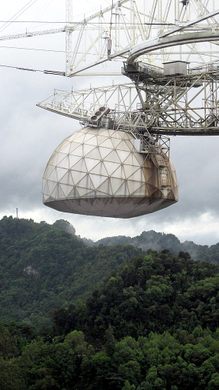
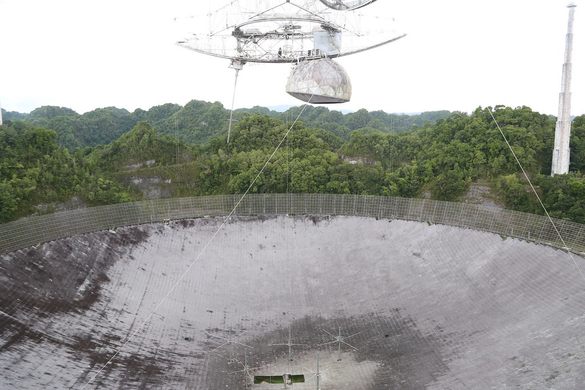
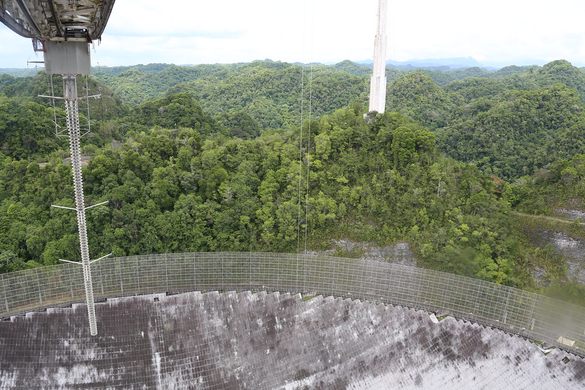
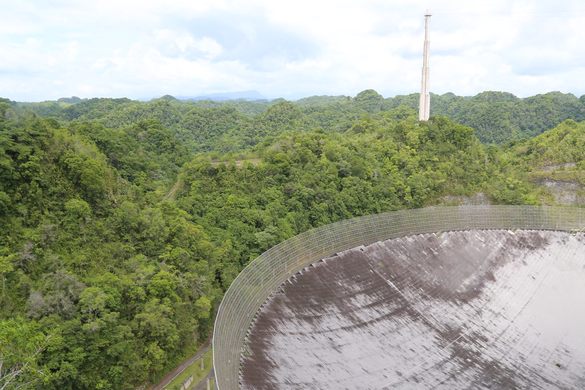
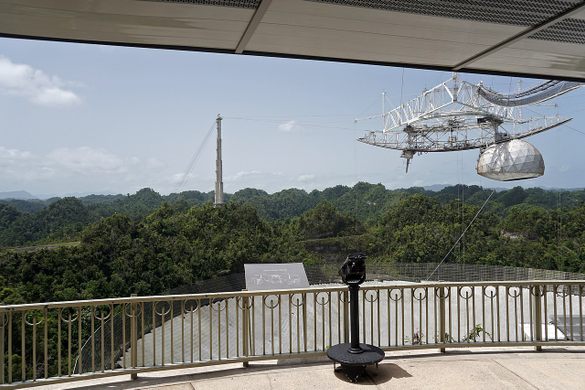
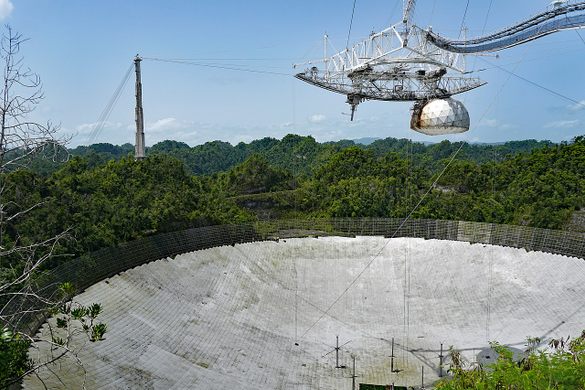

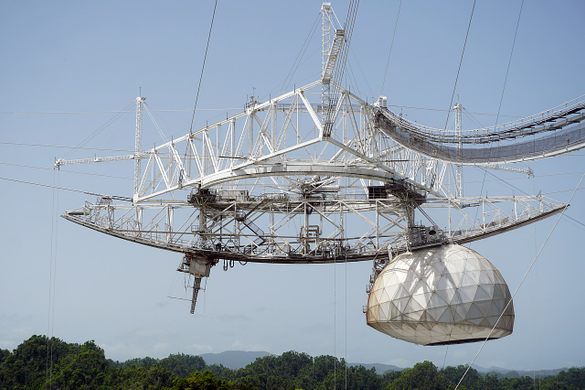





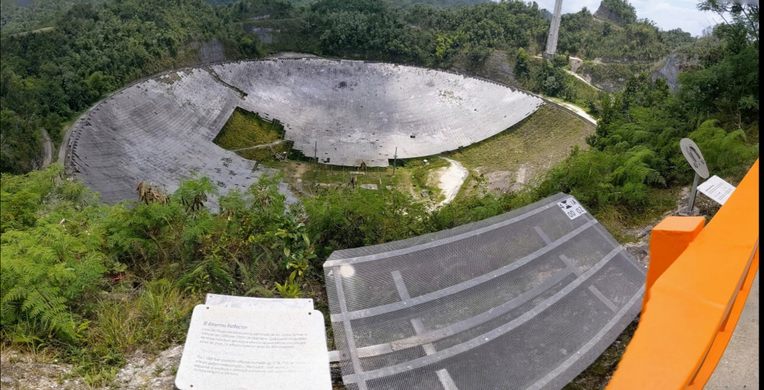




























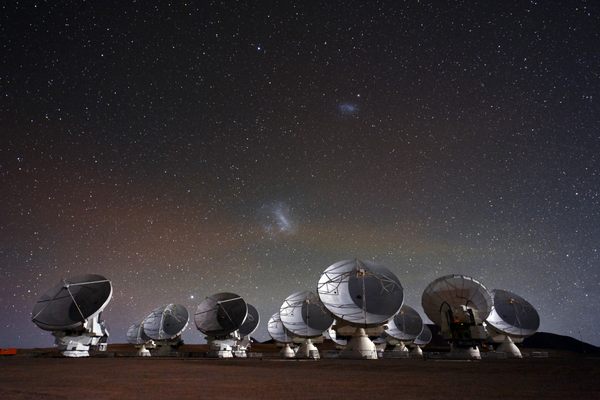
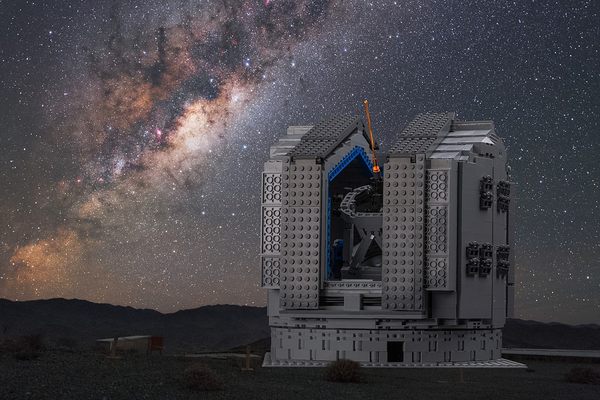
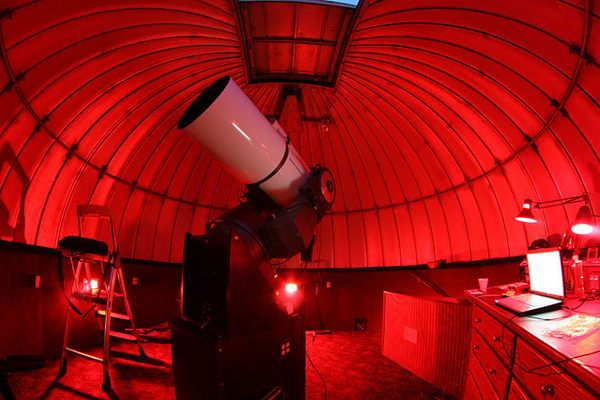


Follow us on Twitter to get the latest on the world's hidden wonders.
Like us on Facebook to get the latest on the world's hidden wonders.
Follow us on Twitter Like us on Facebook